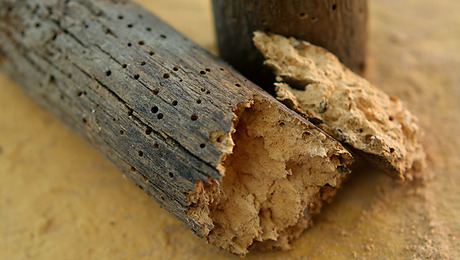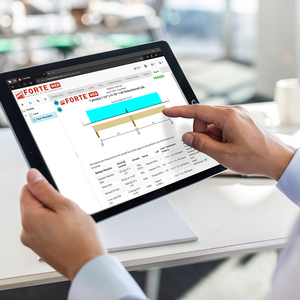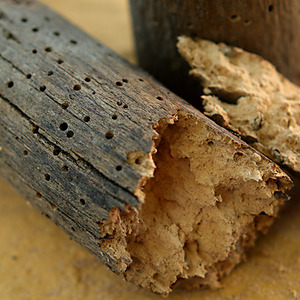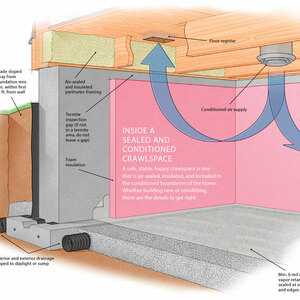Design roof top solar panel to blow off
Hello all, and thank you in advance for your reply.
I hope this question isn’t has stupid as sounds……
During a recent rain storm I noticed water leaking though the ceiling of my girlfriend’s house. Going up in the attic I found several more leaks. All at sites where lag bolts from the solar panel support structure penetrated the roof sheathing. In addition to the obvious leaking problem, it concerned me that the solar panels were just lag bolted to the ½â€ roof sheathing, not though the trusses, or any backing material. My girlfriend said the leaks were a long time reoccurring problem. She had had the attachment sites re-water proofed several times. I told her that I thought the problem was the lack of backing for the lag bolts. I assume every time the wind blows the vibration of the panels breaks the waterproof mastic seal. I also told her of my concern that in even a small hurricane the panels will likely become flying debris. She said she was told by her roofer that in Florida the solar panels are purposely not connected to the structure of the house, the idea being that in a strong wind the solar panels will break away and not endanger the houses integrity. To me this sounds like a lazy roofer, but not being from Florida I thought I would ask you all for feed back?


















Replies
Re: "She said she was told by her roofer that in Florida the solar panels are purposely not connected to the structure of the house, the idea being that in a strong wind the solar panels will break away and not endanger the houses integrity."
Sounds like BS to me. I wouldn't want to have a house downwind of hers during a hurricane. Solar panels may not weigh much but having one smack into the side of a house while driven by a strong wind certainly wouldn't do the house any good.
I know of no code provisions or design standards which encourage installations which include parts designed to allow easier detachment by natural forces.
I agree that fastening substantial parts to the roof deck membrane, as opposed to the more substantial truss or rafters, likely allows movement that would increase the odds of leaking.
IMHO some sort of blocking, internal the roof deck, or steel frame, external to the deck, should have been provided if the panels could not be sited so that the designed mountings would match the existing framing. In either case some sort of engineering or truss manufacturer support and advisement would seem wise to avoid load concentration or overloading of the existing members.
Are these electric or water heating solar panels? Having anything designed to break away easily and become a projectile is a bad idea. Regarding something as expensive as photovoltaics as expendable is really nuts.
-- J.S.
These are very large solar water heaters for the pool. The lower edge of the panels meet the roof just below the ridge. The upper edge of the panels are almost 8' feet above the roof and about half way to the eave. The panels run the length of the main roof about 30'. So as you can imagine not only do these catch a fair amount wind, they also represent a fairly sizable dead load.
pigguy
You also might want to check out the Home Power website. Haven't checked in on them for a while, but they used to have a reader's question column on solar power.
http://www.homepower.com/